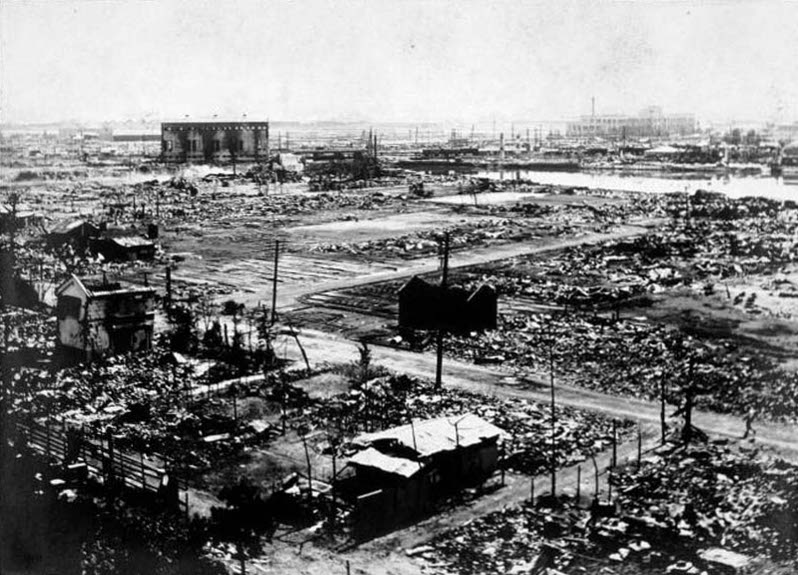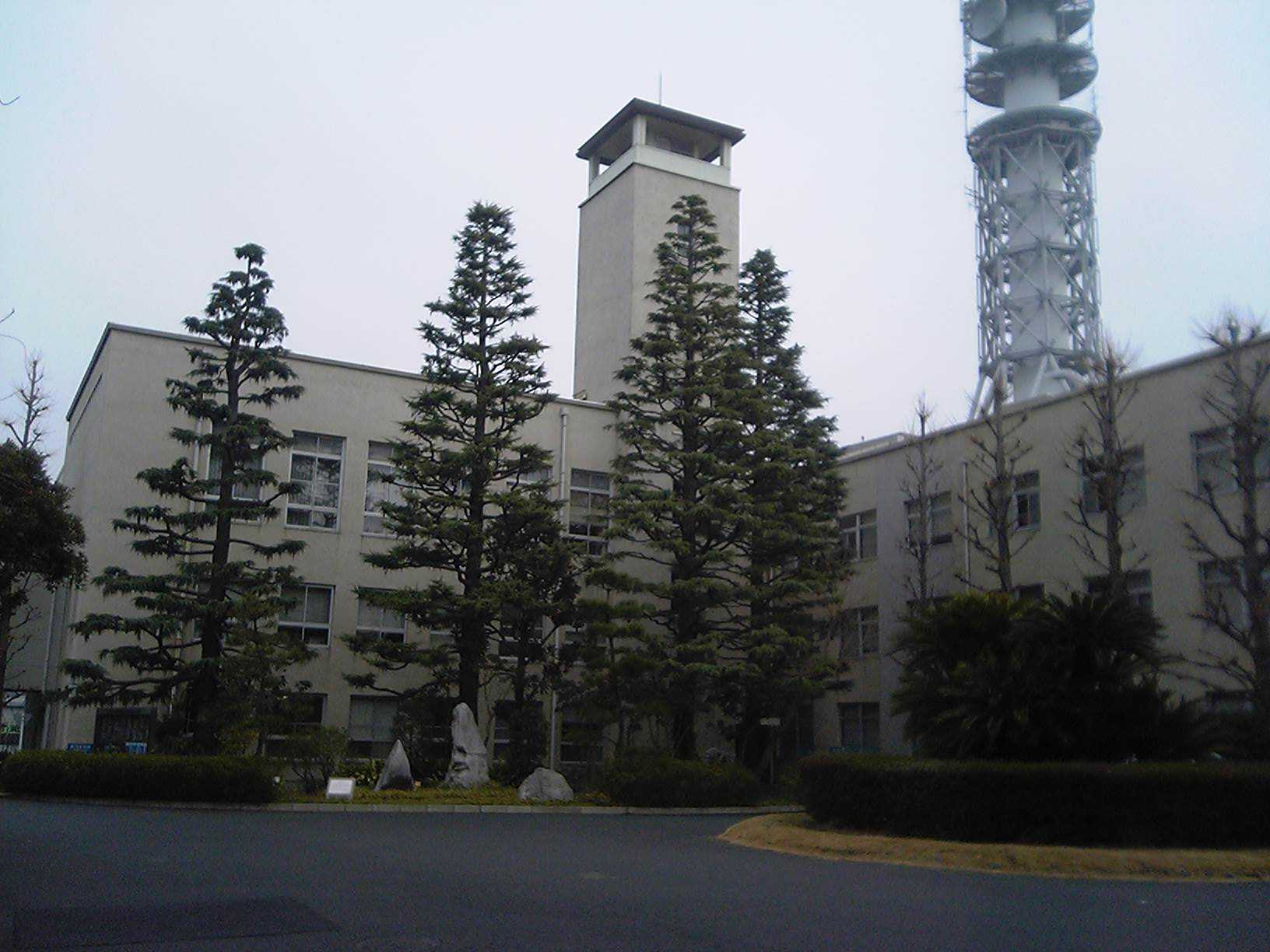|
Shizuo Matsuoka
was a Japanese naval officer, linguist, and ethnologist. Biography Born in Tsujikawa, Tahara-mura, Shinto-gun, Hyogo (now part of Fukusaki, Hyogo), the seventh of eight children to physician Yakusai Matsuoka. He is the younger brother of noted Japanese scholar Kunio Yanagita. It was said that his mother dreamed of watching the sunset, and the halo lit around the sunset and looked like a military flag, saying, "This child is likely to be a soldier". Shizuo would graduate from Imperial Japanese Naval Academy ( 25th class) and commissioned an ensign in the Imperial Japanese Navy in February 1899. During the Russo-Japanese War, he served aboard Chiyoda as Operations Officer and participated in the Battle of Tsushima. Following the war, he served aboard Chitose, as Chief of Staff for the 2nd Fleet, and Chief of Staff for Imperial General Headquarters. In September 1909, Shizuo was assigned to the Japanese Embassy in Austria-Hungary as military attaché. Upon his return to Japan ... [...More Info...] [...Related Items...] OR: [Wikipedia] [Google] [Baidu] |
Japanese Battleship Asahi
was a pre-dreadnought battleship built for the Imperial Japanese Navy (IJN) in the late 1890s. As Japan lacked the industrial capacity to build such warships itself, the ship was designed and built in the United Kingdom. Shortly after her arrival in Japan, she became flagship of the Standing Fleet, the IJN's primary combat fleet. She participated in every major naval battle of the Russo-Japanese War of 1904–1905 and was lightly damaged during the Battle of the Yellow Sea and the Battle of Tsushima. ''Asahi'' saw no combat during World War I, although the ship participated in the Siberian Intervention in 1918. Reclassified as a coastal defence ship in 1921, ''Asahi'' was disarmed two years later to meet the terms of the Washington Naval Treaty, after which she served as a training ship, training and submarine depot ship. She was modified into a submarine marine salvage, salvage and rescue ship before being placed in Reserve fleet, reserve in 1928. ''Asahi'' was recommissioned ... [...More Info...] [...Related Items...] OR: [Wikipedia] [Google] [Baidu] |
Ritsuryō
is the historical Japanese legal system, legal system based on the philosophies of Confucianism and Legalism (Chinese philosophy), Chinese Legalism in Feudal Japan. The political system in accord to Ritsuryō is called "Ritsuryō-sei" (). ''Kyaku'' () are amendments of Ritsuryō, ''Shiki'' () are enactments. Ritsuryō defines both a and an . During the late Asuka period (late 6th century – 710) and Nara period (710–794), the Imperial Court in Kyoto, trying to replicate China's rigorous political system from the Tang dynasty, created and enforced some collections of Ritsuryō. Over the course of centuries, the ''ritsuryō'' state produced more and more information which was carefully archived; however, with the passage of time in the Heian period, ''ritsuryō'' institutions evolved into a political and cultural system without feedback. In 645, the Taika reforms were the first signs of implementation of the system. Major re-statements of Ritsuryō included the following: ... [...More Info...] [...Related Items...] OR: [Wikipedia] [Google] [Baidu] |
Oceania
Oceania ( , ) is a region, geographical region including Australasia, Melanesia, Micronesia, and Polynesia. Outside of the English-speaking world, Oceania is generally considered a continent, while Mainland Australia is regarded as its continental landmass. Spanning the Eastern Hemisphere, Eastern and Western Hemisphere, Western hemispheres, at the centre of the land and water hemispheres, water hemisphere, Oceania is estimated to have a land area of about and a population of around 46.3 million as of 2024. Oceania is the smallest continent in land area and the list of continents and continental subregions by population, second-least populated after Antarctica. Oceania has a diverse mix of economies from the developed country, highly developed and globally competitive market economy, financial markets of Australia, French Polynesia, Hawaii, New Caledonia, and New Zealand, which rank high in quality of life and Human Development Index, to the much least developed countries ... [...More Info...] [...Related Items...] OR: [Wikipedia] [Google] [Baidu] |
Prince Naruhiko Higashikuni
was a member of the Japanese imperial family and general of the army who served as prime minister of Japan from 17 August to 9 October 1945. He is the only member of the Japanese imperial family to head a cabinet, and Japan's shortest-serving prime minister, serving for only 54 days. Born in Kyoto, Prince Higashikuni was a son of Prince Kuni Asahiko and married Toshiko, Princess Yasu, a daughter of Emperor Meiji, thus making him an uncle-in-law of Emperor Hirohito. He graduated from the Army Academy and War College, and studied military tactics in France from 1920 to 1926. Upon his return to Japan, he was promoted to general in 1930 and held several military posts, including as commander of the General Defense Command from 1941 to 1944. Prince Higashikuni's appointment as prime minister following the war reflected a hope that his prestige as an imperial prince would help to unite the defeated country. He presided over the signing of the surrender on 2 September 1945 and th ... [...More Info...] [...Related Items...] OR: [Wikipedia] [Google] [Baidu] |
Kamikaze-class Destroyer (1905)
The were a class of thirty-two torpedo boat destroyers (TBDs) of the Imperial Japanese Navy. The ''Kamikaze'' class of destroyers were the first destroyers to be mass-produced in Japan. The class is also sometimes referred to as the ''Asakaze'' class. This class of destroyer should not be confused with the later ''Kamikaze''-class destroyers built in 1922, which participated in the Pacific War. Background The ''Kamikaze''-class destroyers were part of the 1904 Imperial Japanese Navy Emergency Expansion Program created by the outbreak of the Russo-Japanese War. Twenty-five vessels were ordered in 1904; an additional four vessels were ordered in 1905, and three more in 1906, bringing the total to thirty-two ships. The Japanese governmental shipyards were overwhelmed with the volume of construction, and for the first time civilian shipyards were also assigned to produce warships. Design In terms of design, the ''Kamikaze''-class ships were substantially identical to the previous ... [...More Info...] [...Related Items...] OR: [Wikipedia] [Google] [Baidu] |
1923 Great Kantō Earthquake
The 1923 Great Kantō earthquake (, or ) was a major earthquake that struck the Kantō Plain on the main Japanese island of Honshu at 11:58:32 JST (02:58:32 UTC) on Saturday, 1 September 1923. It had an approximate magnitude of 8.0 on the moment magnitude scale (Mw), with its epicenter located southwest of the capital Tokyo. The earthquake devastated Tokyo, the port city of Yokohama, and surrounding prefectures of Kanagawa, Chiba, and Shizuoka, and caused widespread damage throughout the Kantō region. Fires, exacerbated by strong winds from a nearby typhoon, spread rapidly through the densely populated urban areas, accounting for the majority of the devastation and casualties. The death toll is estimated to have been between 105,000 and 142,000 people, including tens of thousands who went missing and were presumed dead. Over half of Tokyo and nearly all of Yokohama were destroyed, leaving approximately 2.5 million people homeless. The disaster triggered widespread social ... [...More Info...] [...Related Items...] OR: [Wikipedia] [Google] [Baidu] |
Kanagawa Prefecture
is a Prefectures of Japan, prefecture of Japan located in the Kantō region of Honshu. Kanagawa Prefecture is the List of Japanese prefectures by population, second-most populous prefecture of Japan at 9,221,129 (1 April 2022) and third-densest at . Its geographic area of makes it fifth-smallest. Kanagawa Prefecture borders Tokyo to the north, Yamanashi Prefecture to the northwest and Shizuoka Prefecture to the west. Yokohama is the capital and largest city of Kanagawa Prefecture and the List of cities in Japan, second-largest city in Japan, with other major cities including Kawasaki, Kanagawa, Kawasaki, Sagamihara, and Fujisawa, Kanagawa, Fujisawa. Kanagawa Prefecture is located on Japan's eastern Pacific coast on Tokyo Bay and Sagami Bay, separated by the Miura Peninsula, across from Chiba Prefecture on the Bōsō Peninsula. Kanagawa Prefecture is part of the Greater Tokyo Area, the most populous metropolitan area in the world, with Yokohama and many of its cities being ma ... [...More Info...] [...Related Items...] OR: [Wikipedia] [Google] [Baidu] |
Fujisawa, Kanagawa
is a Cities of Japan, city in Kanagawa Prefecture, Japan. , the city had an estimated population of 439,728 and a population density of 6300 persons per km2. The total area of the city is . Geography Fujisawa is in the south-central part of Kanagawa Prefecture. It faces Sagami Bay of the Pacific Ocean. The northern part of the city is on the Sagamino plateau while the southern part is abutted on the Shonan Beach. Fujisawa has three major topographical features: the island of Enoshima to the south connected to the Katase shoreline area by a road bridge, and two rivers, the Hikiji River, Hikiji and the Sakai River (Tokyo, Kanagawa), Sakai, which run north-south. The Hikiji River, Hikiji can be traced from an area designated as a nature reserve park in the city of Yamato and flows directly along the boundary of the joint US Navy and Japan Maritime Self-Defense Force Naval Air Facility Atsugi, Atsugi Naval Air Base and the United States Army Camp Zama. The Sakai runs directly from ... [...More Info...] [...Related Items...] OR: [Wikipedia] [Google] [Baidu] |



